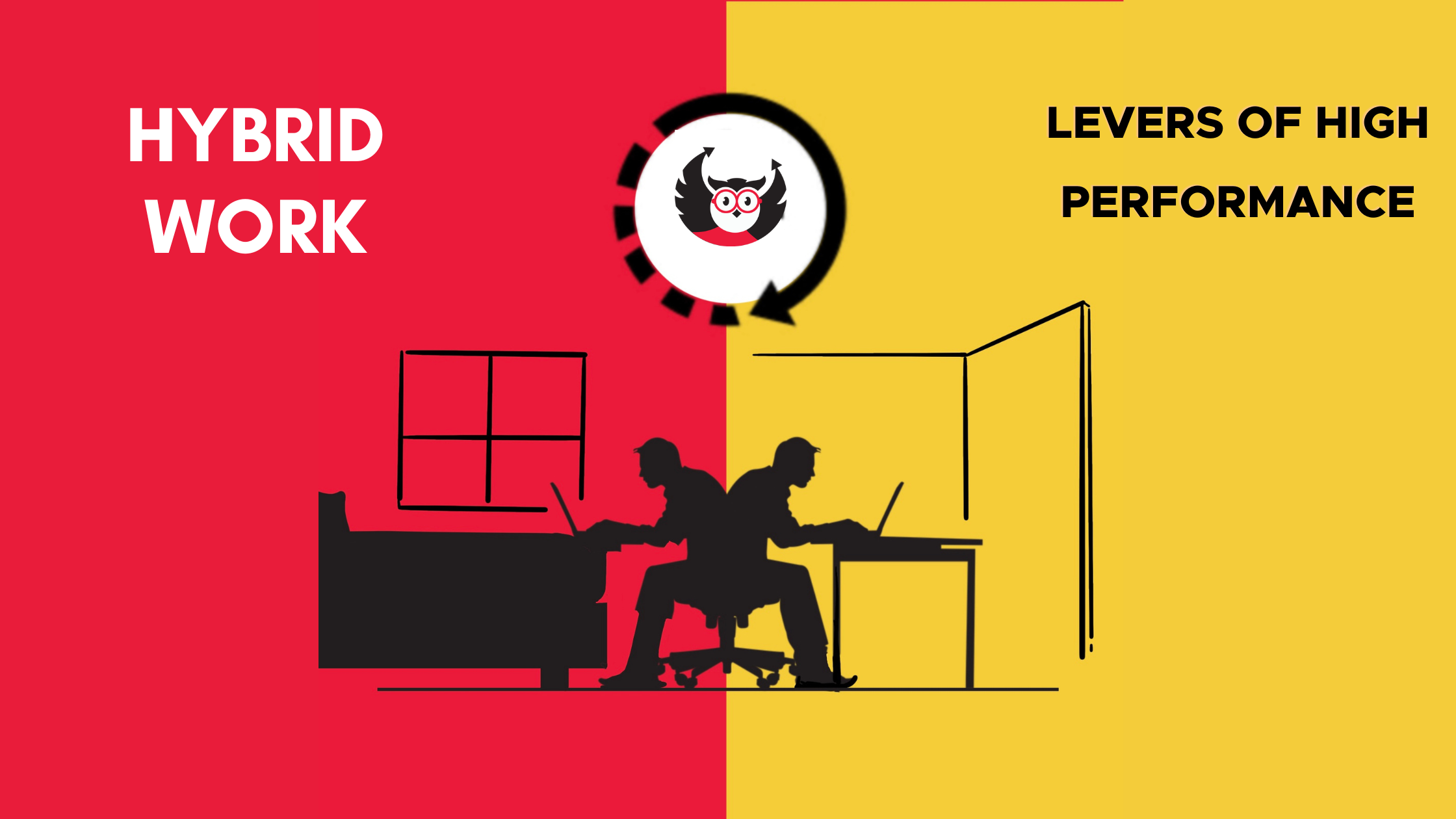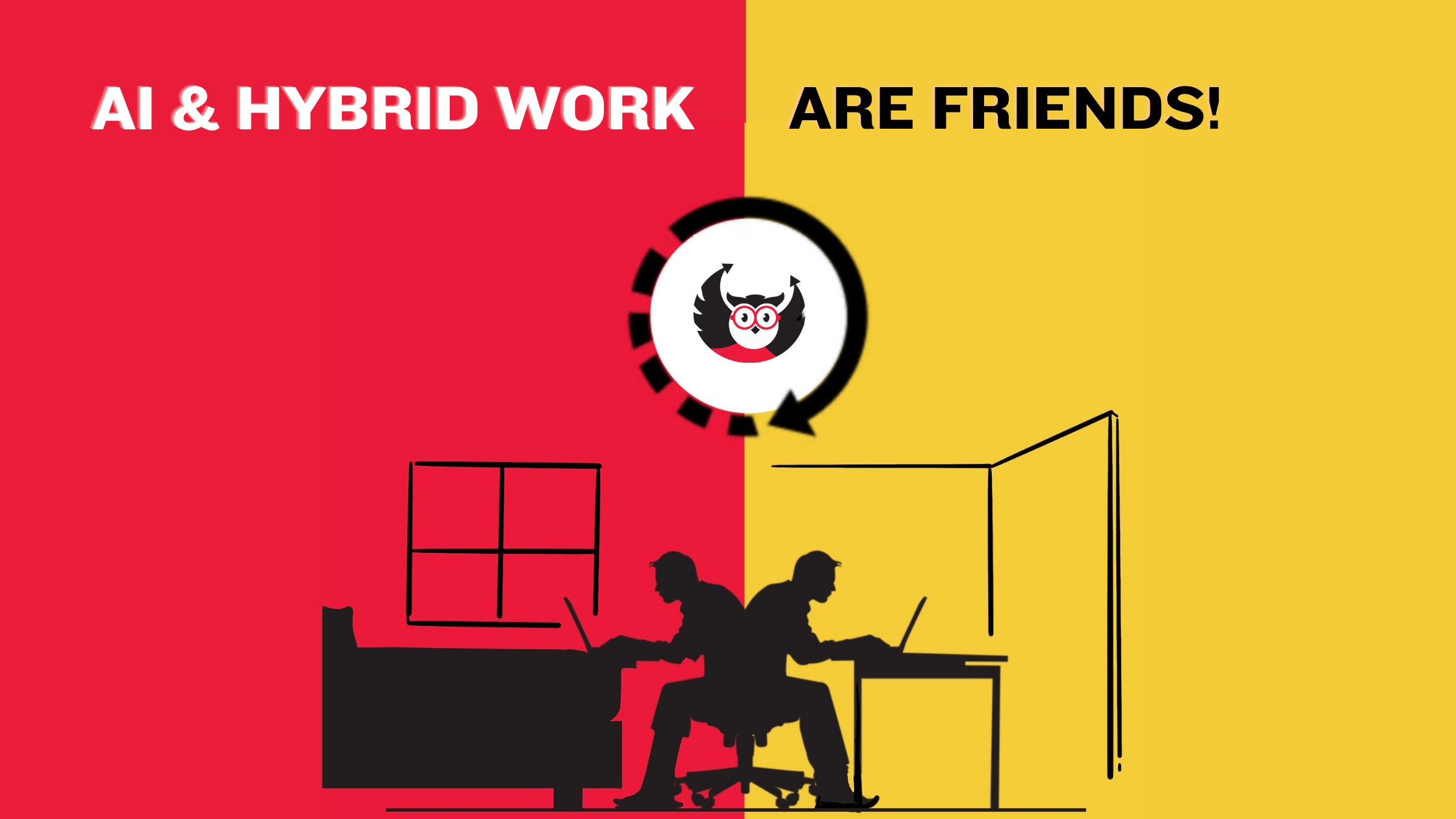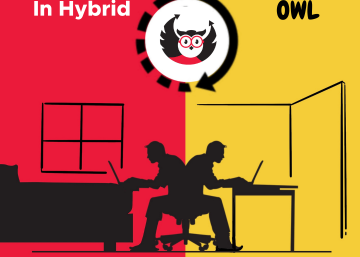In the last post, we discovered that the current way we work has been evolving since the 1800s. Since the industrial revolution. 200 years later we are at an important fork in the road, Bill Gates calls this the AI era. This has important implications on the way we work and live. In this edition of THE OWL #HybridWork , let’s explore a how the influencers on employee performance have evolved over these years.
The Taylor Era
Think of a typical factory worker in the past (Taylor Era). S/he went to a designated workplace every day at the same time. Had a pre-determined set of tasks to complete in a particular duration. They got fixed breaks and then they left for the day. There was ‘one’ defined way of getting work done and they did not need to collaborate too much to achieve it.
In such a scenario, how could factory owners improve employee performance?
Levers for employee performance
To enhance employee performance companies needed to focus on clarifying to their employees:
- What: What are the steps and ways to complete the work
- Why: The impact of these tasks and why it needs to be worked upon.
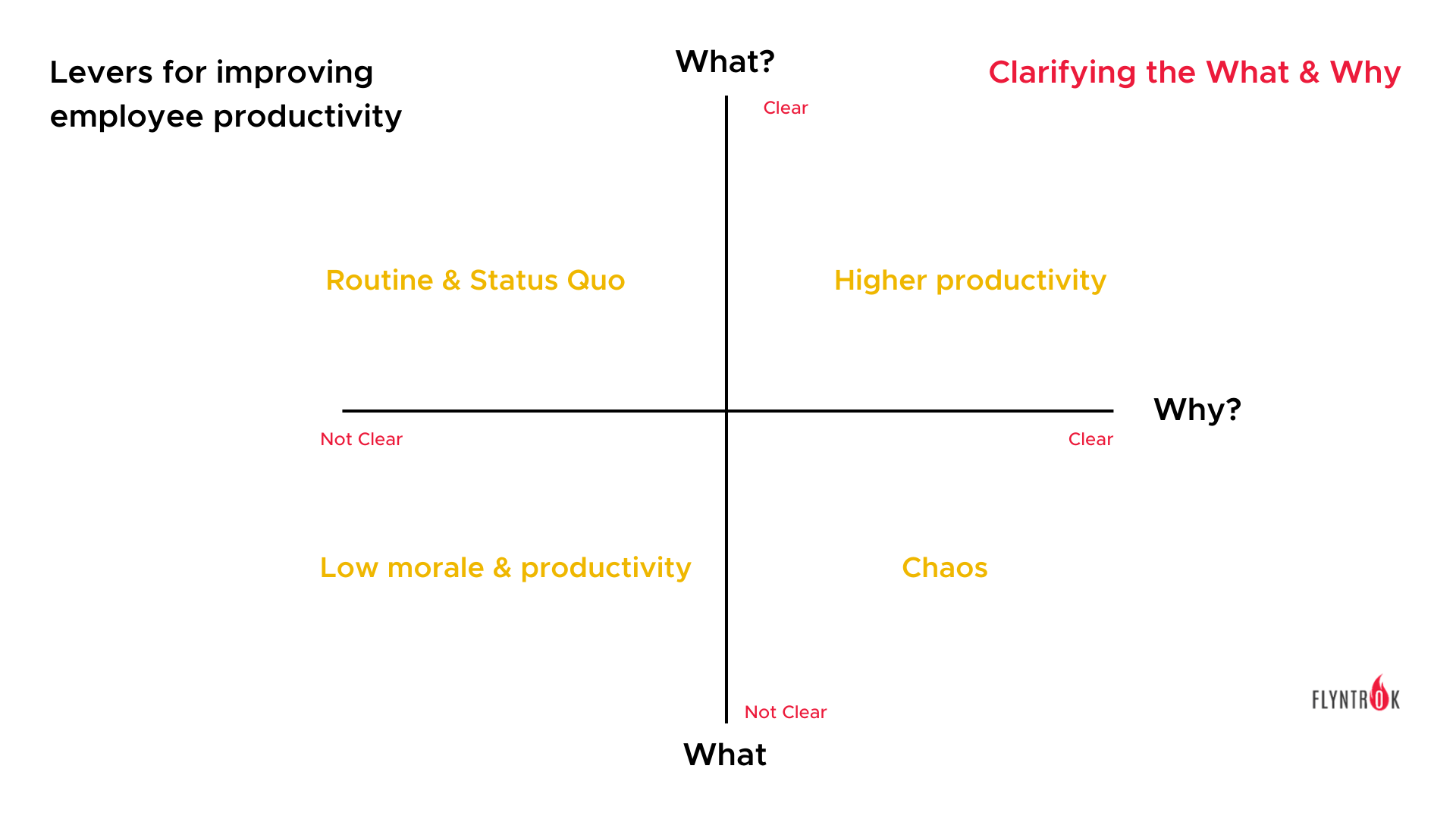
The current era of work
Imagine the workplace of today for a minute. In trying to get a task done, the employee has to interact and collaborate with different teams. Very often s/he needs to make judgement calls about the best way of completing a task. Gone are the days when we had only ‘one way’ of doing things. Talent has become even more critical.
Now add to it another facet that technology has enabled, ‘distributed teams’. For years now, many of us had team members who worked from different locations. So much so, that collaboration overload was an issue companies worried about. Now post COVID, we have team members who work from anywhere (not just a different office). This adds another layer of complexity in improving employee performance. Companies need to be able to tap into top talent from anywhere.
Current levers for employee performance
As compared to the Taylor era, companies need to work with many levers to enhance employee performance. It is no longer enough just to communicate the ‘What’ and ‘Why’ of work. In this era of AI and remote work possibilities – strengthening the how and where work gets done is becoming critical for enhanced performance.
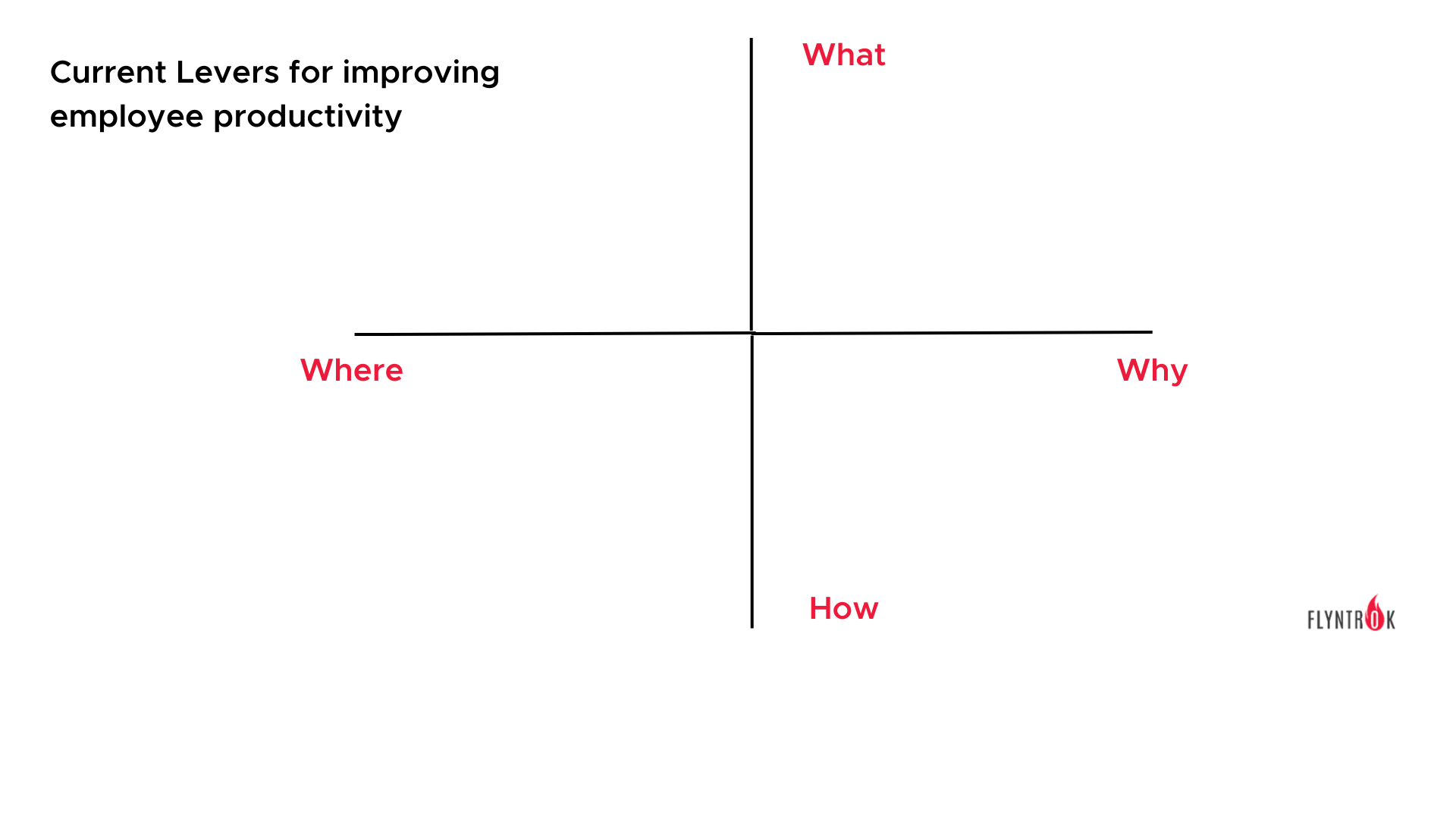
“We are seeing acceleration of the trend to democratize the workplace… During these last few months, digital technology has flattened hierarchies, with everyone connected and getting information at the same time, and so many channels for employee input and involvement in decision-making in real time.” –
Diane Gherson, CHRO at IBM
How / Enablers of work:
Reimagining work to enhance well-being and performance includes many components depicted below. These are the enablers of work today and carry significant impact on employee and business performance.

- Workflow: Revisiting the workflow based on principles and context of the teams is important. Here is a link with a few thoughts and research on the same.
- Work-Day: Creatively crafting our work days is an important element of the how. There are many examples from Dropbox , Spotify which have taken steps in this direction.
- Connectedness: The connectedness between team members, between tasks and the employee are integral to the ‘how’ work gets done. Engineering the connectedness by design will be the ask of business leaders.
- Tools: Tools are an integral part of the how and many a times flies under the radar of teams.
Each of these carry stories we should delve into in our next few editions.
Companies would do well identify their key objectives and principles for designing work. Then looking at each of these components in isolation and as a system, leading to synergies and better outcomes. It is a journey of change.
